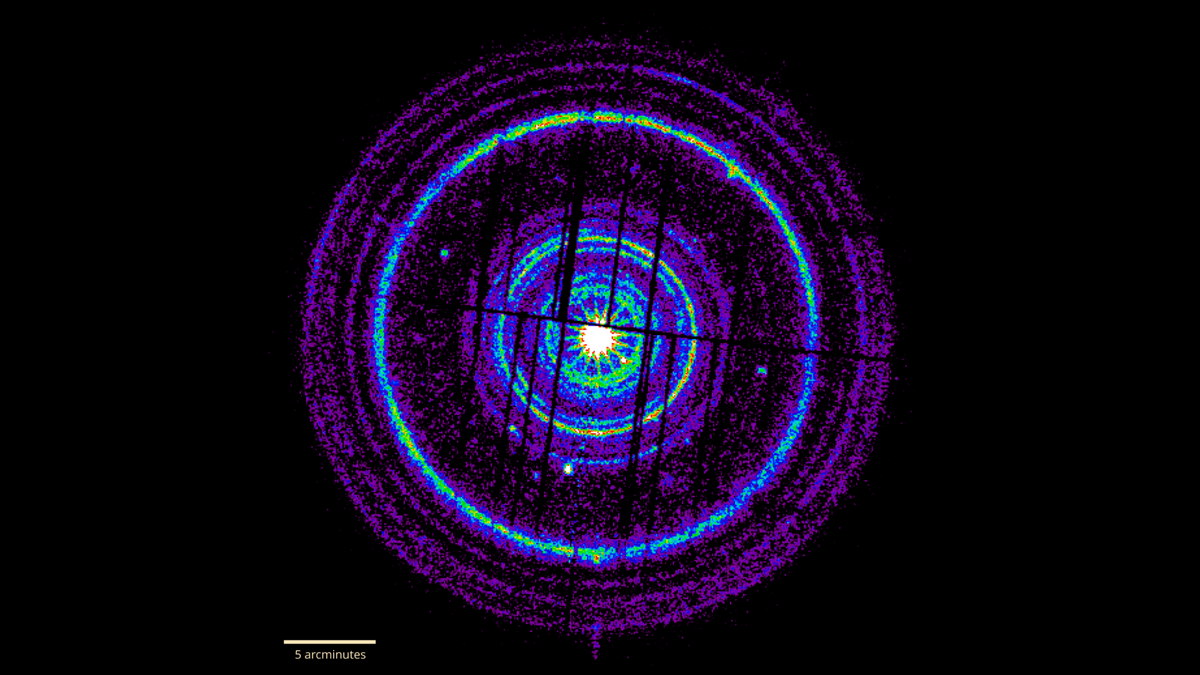- cross-posted to:
- astronomy@mander.xyz
- cross-posted to:
- astronomy@mander.xyz
13 TeV!
How much is that if you translate it for a regular person?
About the same energy level as the Large Hadron Collider reached at max with a tiny particle beam. You know, but over many many light years of distance and in a beam around 4x wider than our planet.
imagine i don’t have any idea of the energy levels used by the LHC. instead, im more familiar with things like computers, phones, houses, refrigerators…what’s comparable to 13 TeV?
I mean we’re talking about the energy in the momentum of individual photons. It’s small, but hopefully I can express for you how huge this amount of energy in a single particle is.
For example, one of these photons crashing into you has about the same amount of energy as getting crashed into by 13 full tilt flying mosquitos.
On the other hand, we’re still talking pretty small, which is why life on earth still exists after observing so many of these gamma ray bursts. We’d need about 500,000 of these photons (really not that many photons, as I hope to demonstrate) to power a standard 6W LED Bulb for a full second. That LED bulb would in turn produce around 200,000,000,000,000,000 (200 quadrillion) photons going at a more normal speed.
Crazy amounts of energy per photon, but thankfully distance has diluted the energy to a handful of individual photons, something we can’t even notice without careful scientific instruments.
Were this gamma ray burst to hit us from within our own galaxy without hitting many other things before us, chances are pretty good the half of the earth facing the blast would be instantly cooked, microwave style.
I find Wolfram Alpha helpful for this sort of thing. It said
13 TeV ≈ 13 × approximate kinetic energy of a flying mosquito ( ≈ 1.6×10^-7 J )
So absolutely tiny on everyday human scales. Credit to astronomy that they can even detect it over something as large as the earth’s atmosphere.
Oops, I’d assumed that was the total energy delivered to the atmosphere, but it’s the energy per photon, and they detected at least 140 of them (so there were probably a lot more unobserved). Who would have thunk to read the article before commenting?
deleted by creator





